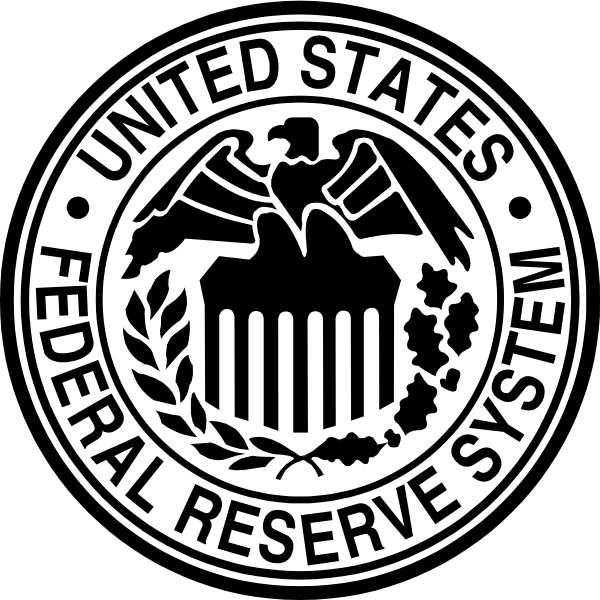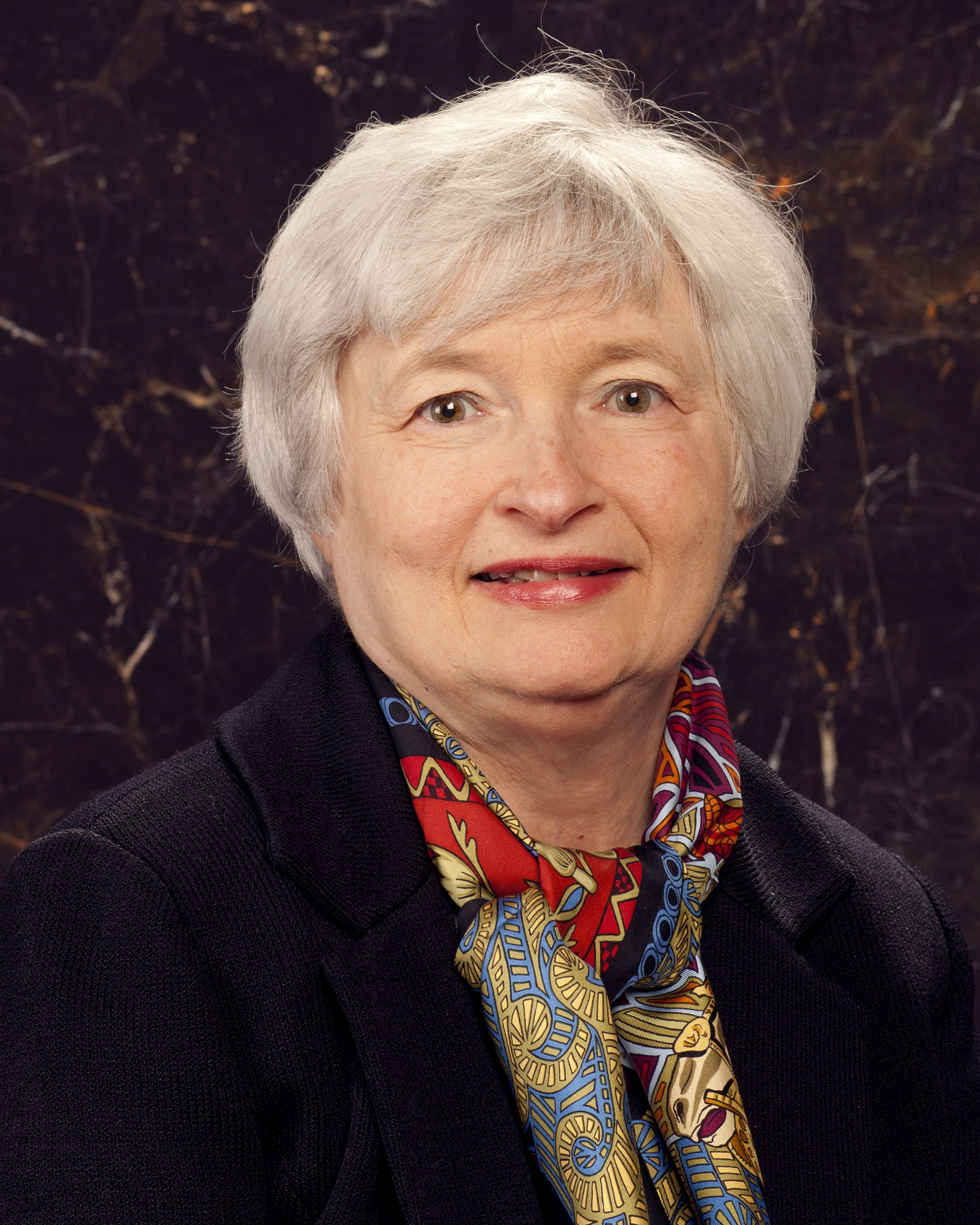
The prospect of future company earnings are supposed to drive stock markets. But this basic theory has broken down in the aftermath of the financial crisis that started in September 2008.
Western central banks led by the Federal Reserve of the United States have printed an astonishing amount of money over the last six and a half years and some like the Bank of Japan and the European Central Bank, continue to do so. The idea was that money printing would lead to lower interest rates, and at lower interest rates banks would lend more and consumers and businesses would borrow more. This would lead to businesses and in turn, the economy doing well.
But that hasn’t turned out to be the case. As the following table clearly shows, bank loans to small and medium enterprises(SMEs) in the United States have been falling as a proportion of total loans, over the years.
| The shrinking importance of SME lending |
 |
Nonetheless, lower interest rates in much of the Western world, has allowed investors to borrow money at rock bottom interest rates and invest it in stock markets all over the world.
This is why stock markets including the Indian one have rallied big time over the last few years. For this rally to continue it is important that Western central bank continue to maintain low interest rates.
The economic situation in Europe continues to remain bad, and as of now there is very little chance that central banks of Europe will go around raising interest rates any time soon. In fact, in Switzerland the short term interest rate currently is at − 0.75%.
Japan also continues to remain in doldrums and the chances of the Bank of Japan, the Japanese central bank, raising interest rates any time soon remain minimal. This leaves the Federal Reserve of the United States, the American central bank. And this is where things get a little tricky.
The Federal Open Market Committee of the Federal Reserve which decides on the interest rate is supposed to meet today and tomorrow (i.e. March 17 and March 18). The rate of unemployment in the United States has come down significantly over the last one year. In fact, the USA Today reports that in 2014, job growth hit a 15 year high.
Typically, a fall in unemployment leads to an increase in wage growth, as employers compete to recurit employees. But that doesn’t seem to have happened in the United States. The Fortune magazine reports that the average hourly pay of an American worker has risen by just $0.03 in the last one year. This basically means that wage growth in the United States has been more or less flat over the last one year.
The overall inflation also remains much lower than the Federal Reserve’s target of 2%. The Federal Reserve’s preferred measure of inflation is personal consumption expenditures(PCE) deflator, ex food and energy. For the month of January 2015, this number was at 1.3% much below the Fed’s target of 2%.
This number falls further once the imputed(i.e. made-up data) is excluded. Before we go any further I need to explain what imputed data is. Take the case of an individual who owns the house he lives in. As the Statistics Bureau of Japan points out: “Buying a house or a piece of land is a form of property acquisition and not consumption expenditure. Such a purchase, therefore, is not counted in the CPI. Still, it is an undeniable fact that a household living in a house it owns receives some service from the house…Also, many households are paying a mortgage. Here, it leads to an issue that, one way or another, the housing expense of an owner-occupied house should be counted in the CPI calculation.”
Hence, such a situation needs to be taken into account. It is done by assuming that the “house-owning household is renting the same house from someone else.” “Then, the household has to pay some rent…An “imputed rent of an owner-occupied house” refers to the rent paid to owner-occupied houses assuming that owned house were rented. Such imputed rents are taken into the CPI calculation,” the Statistics Bureau of Japan points out.
If such data were to be excluded from inflation calculation in the United States, the results would be significantly different from the way they currently are. As Albert Edwards of Societe Generale points out in a recent research note titled Forget the ECB: A key measure of global liquidity is now in freefall, published on March 6, 2015: “We use a variant of this core PCE where the US statisticians exclude imputed (i.e. made-up) data..Five out of the last six months have registered zero inflation with only one 0.1% rise! Headline core PCE is being inflated by made-up data.”
As the fall in price of oil seeps through the system Edwards expects the inflation rate to come down to 0.3%. The other major reason for low inflation in the US is the fact that dollar has rallied majorly against all major currencies. This ensures that imports to the United States become cheaper, and thus drive down inflation.
In this scenario of almost no wage inflation and low overall inflation, will the Federal Reserve start increasing interest rates? If the Fed does not raise interest rates then foreign investors will continue raising money in dollars and investing that money in stock markets all over the world, including India.
But if the Fed does start to raise interest rates then this carry trade may run into some trouble and fresh money from foreign investors may not come into India at the same pace as it has in the past. The way things stand as of now, this remains too close to call. Nevertheless, I will stick my neck out and say, the Fed won’t raise interest rates in June this year, as it is widely expected to.
Having said that, I have my fingers crossed!
The column originally appeared on The Daily Reckoning on Mar 17, 2015


